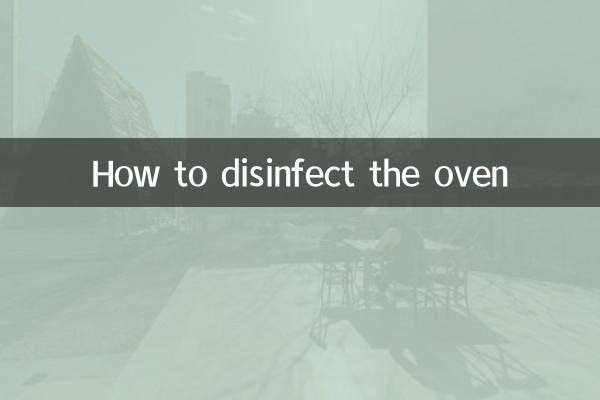How do chrysanthemums bloom?
As a representative flower in autumn, the flowering process of chrysanthemum is affected by various factors such as light, temperature, and moisture. This article will combine the hot topics and hot content on the Internet in the past 10 days, use structured data to analyze the flowering mechanism of chrysanthemums, and provide practical maintenance suggestions.
1. Key factors for chrysanthemum flowering

| Influencing factors | Specific requirements | Mechanism of action |
|---|---|---|
| illumination | 6-8 hours of direct light per day | Promote flower bud differentiation and avoid excessive growth |
| temperature | 15-25℃ (the temperature difference between day and night must be obvious) | Low temperature induces flowering, high temperature delays flowering |
| Moisture | Keep the soil moist without water accumulation | Lack of water causes flower buds to fall off, and excessive humidity causes root rot. |
| nutrient | Apply more phosphorus and potassium fertilizer before flowering period | Promote flower bud development and extend flowering time |
2. Top 5 most popular chrysanthemum care issues on the Internet
| Ranking | question | solution |
|---|---|---|
| 1 | Chrysanthemums only grow leaves but no flowers | Increase light, control nitrogen fertilizer, and spray potassium dihydrogen phosphate |
| 2 | Flower buds turn black and fall off | Check watering frequency, improve ventilation, and control aphids |
| 3 | Flowering period is too short | Avoid direct sunlight and maintain an ambient temperature of 15℃ |
| 4 | Leaves turn yellow | Supplement ferrous sulfate to adjust soil pH to 6.0-6.5 |
| 5 | Plants are short | Repot and replenish humus soil, and regularly top off to promote branching. |
3. Practical tips for promoting chrysanthemum flowering
1.Photoperiod control:Chrysanthemums are short-day plants that can advance their flowering period by being darkened for 14 hours a day (black bagging or moving to a dark room).
2.Topping management:During the growth period, perform pruning 2-3 times to retain 4-6 true leaves, which can make the plant fuller and increase the number of flowers by more than 30%.
3.Temperature control:During the budding period, the temperature difference between day and night should be maintained at 8-10°C, and the night temperature should not exceed 18°C, which can significantly improve the color of the flowers.
4.Nutritional supplements:During the flower bud formation period, spray 0.2% potassium dihydrogen phosphate solution on the leaves every week. Three consecutive times can increase the flower diameter by 15%.
4. Comparison of flowering characteristics of different chrysanthemum varieties
| Variety type | flowering period | flower characteristics | Maintenance difficulty |
|---|---|---|---|
| Xia Ju | May-September | Small to medium size, high temperature resistant | ★☆☆☆☆ |
| Qiu Ju | September-November | Large, colorful | ★★★☆☆ |
| Han Ju | December-February | Cold-resistant, long flowering period | ★★★★☆ |
| cut chrysanthemum | Controllable throughout the year | Stem strong | ★★★★★ |
5. Correction of common misunderstandings
1.Misunderstanding:A lot of watering is required during the flowering period →fact:Excessive watering will cause the petals to fall prematurely, so it should be kept "dry and wet".
2.Misunderstanding:All chrysanthemums require short days →fact:Summer chrysanthemum varieties are not sensitive to light and can bloom under natural conditions.
3.Misunderstanding:Prune immediately after flowering →fact:Keep part of the leaves for photosynthesis, which is conducive to rejuvenation next year.
Through the above structured data analysis and specific operation guide, I believe you can promote chrysanthemums to bloom more scientifically. remember,Observe plant statusMore important than mechanically performing maintenance steps, each chrysanthemum has its own unique growth rhythm.

check the details

check the details